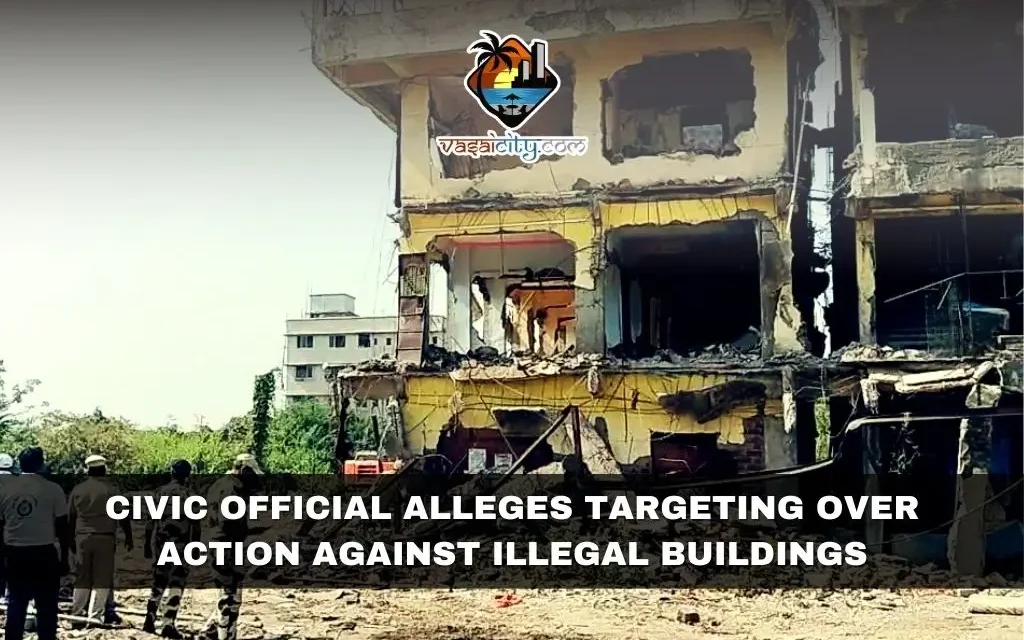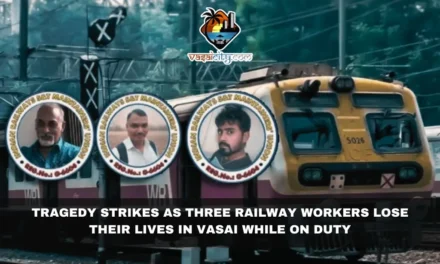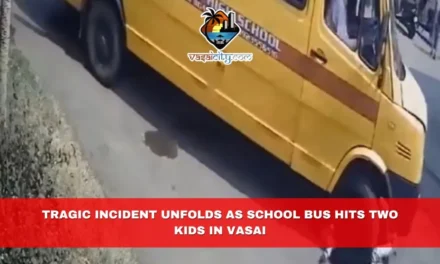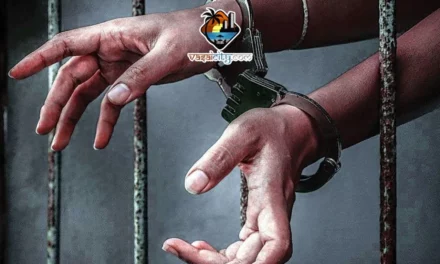A senior civic official from the Vasai-Virar City Municipal Corporation (VVCMC) has come forward with troubling allegations that he and his wife are being targeted for their role in cracking down on illegal constructions in the region. The official, whose name has not been disclosed due to the sensitive nature of the case, is at the center of a controversy involving defamation and online harassment.
The situation came to light when the official discovered morphed and obscene photos of himself and his wife circulating on social media. The images, paired with threatening messages, appear to be an attempt to discredit him and halt his ongoing demolition drive against unauthorized buildings in Vasai-Virar.
Uncovering the Threats
Speaking to the press on Monday, the additional commissioner explained that the demolition drive he initiated targeted 41 illegal buildings in Nalasopara, following a directive from the Supreme Court. His strict actions seem to have provoked retaliation. “I am being targeted because of my actions against unauthorized constructions,” he stated.
What makes the case more distressing is that the threats have extended to his wife, also a civic official. “They defamed my wife as well. This is a deliberate attempt to intimidate us,” he added.
The controversy escalated when a social media post by an individual named Kavya Mehta was discovered. The post featured morphed images of the official and his wife, along with a provocative caption written in Hindi: “All unauthorized and illegal constructions are safe. If this goes on, I will take matters into my own hands.” The same post was widely shared across four social media groups based in Latur, the official’s hometown, seemingly an attempt to tarnish his reputation there.
Additionally, the official received a threatening text message from an unknown number, warning that an article would soon expose the “secret” of his wife’s career success.
Legal Action and Police Investigation
In response, the official lodged a complaint with the Bolinj police on Sunday. Acting on the complaint, police have registered a case against unidentified individuals under sections 351(2) (criminal intimidation) and 353(2) (public mischief) of the Bhartiya Nyaya Sanhita, as well as relevant provisions of the Information Technology Act.
A senior police officer involved in the case explained the possible motive behind the harassment: “We suspect the accused intended to threaten the additional commissioner and damage his reputation in his native village. It seems to be a deliberate attempt to pressure him into delaying action on illegal constructions.”
The investigation is ongoing, with authorities working to trace the origin of the morphed images and the mobile number used to send the threatening message.
Demolition Drive Sparks Controversy
The demolition of the 41 illegal buildings in Nalasopara has been a contentious issue. These structures were deemed unauthorized by the Supreme Court, which ordered their demolition in October after rejecting a special leave petition filed by affected families.
The process, however, has faced numerous delays, partly due to the imposition of the model code of conduct during assembly elections. Last week, seven of the 41 buildings were demolished, with eviction notices served to all 2,500 families residing in the affected buildings.
The civic official’s decisive action to enforce the court’s order has earned him praise from some quarters, but it has also made him a target. Many believe the threats and defamation are a calculated move to halt the progress of the demolition drive.
Impact on the Community
The situation has drawn mixed reactions from residents and stakeholders in the Vasai-Virar region. On one hand, the demolition drive has been applauded by those advocating for stricter enforcement of building regulations. On the other hand, it has caused significant distress for the families being evicted.
Residents of the illegal buildings argue that they are being unfairly punished for the negligence of builders and authorities who allowed the structures to come up in the first place. “We invested our life savings in these homes, trusting that everything was legal. Now we are being forced to leave,” said one affected resident.
The civic official, however, has remained steadfast, emphasizing that he is simply doing his duty. “The law is clear, and I am obligated to follow it. Illegal constructions jeopardize public safety and cannot be ignored,” he said.
A Broader Issue
This incident highlights the challenges faced by civic officials across India when dealing with unauthorized constructions. The problem is often rooted in systemic issues, including corruption, lack of oversight, and the complicity of multiple stakeholders.
For the Vasai-Virar region, the case serves as a stark reminder of the need for stronger governance and accountability in urban planning and development. While the official’s actions may disrupt some lives in the short term, they aim to uphold the rule of law and ensure long-term safety and order.
What Lies Ahead
As the investigation unfolds, the focus remains on identifying and apprehending those responsible for the threats and defamation. The outcome of this case could set a significant precedent for how such issues are handled in the future.
For the civic official and his family, the ordeal underscores the personal risks that often accompany public service. Despite the challenges, he remains committed to his mission, stating, “I will not be deterred by these tactics. My duty is to serve the people and uphold the law.”
This case serves as a poignant reminder of the complexities and consequences of tackling unauthorized constructions—a battle that demands courage, integrity, and an unwavering commitment to justice.














